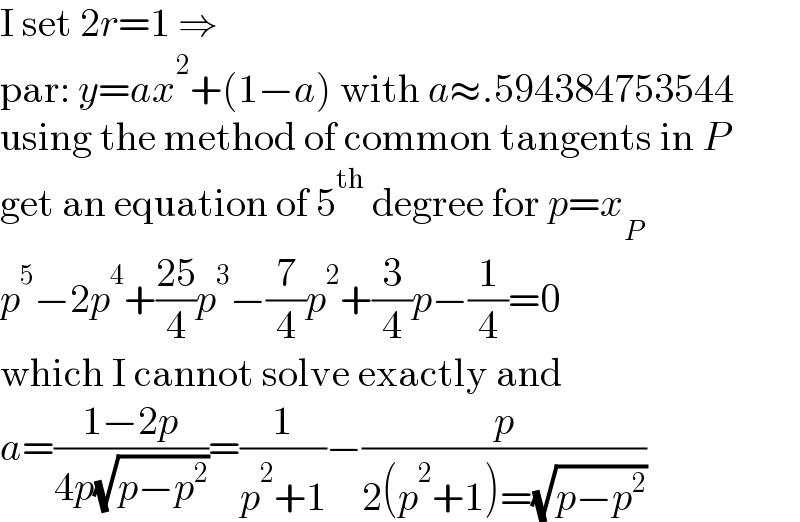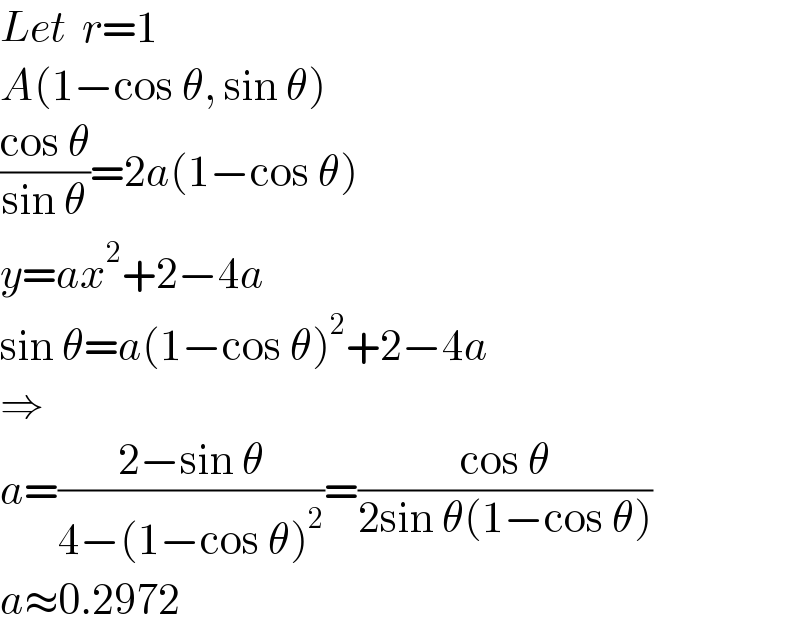
Question and Answers Forum
Question Number 166481 by ajfour last updated on 20/Feb/22

Commented by ajfour last updated on 20/Feb/22

Answered by MJS_new last updated on 20/Feb/22

Answered by ajfour last updated on 21/Feb/22

Commented by MJS_new last updated on 21/Feb/22

Commented by ajfour last updated on 21/Feb/22

